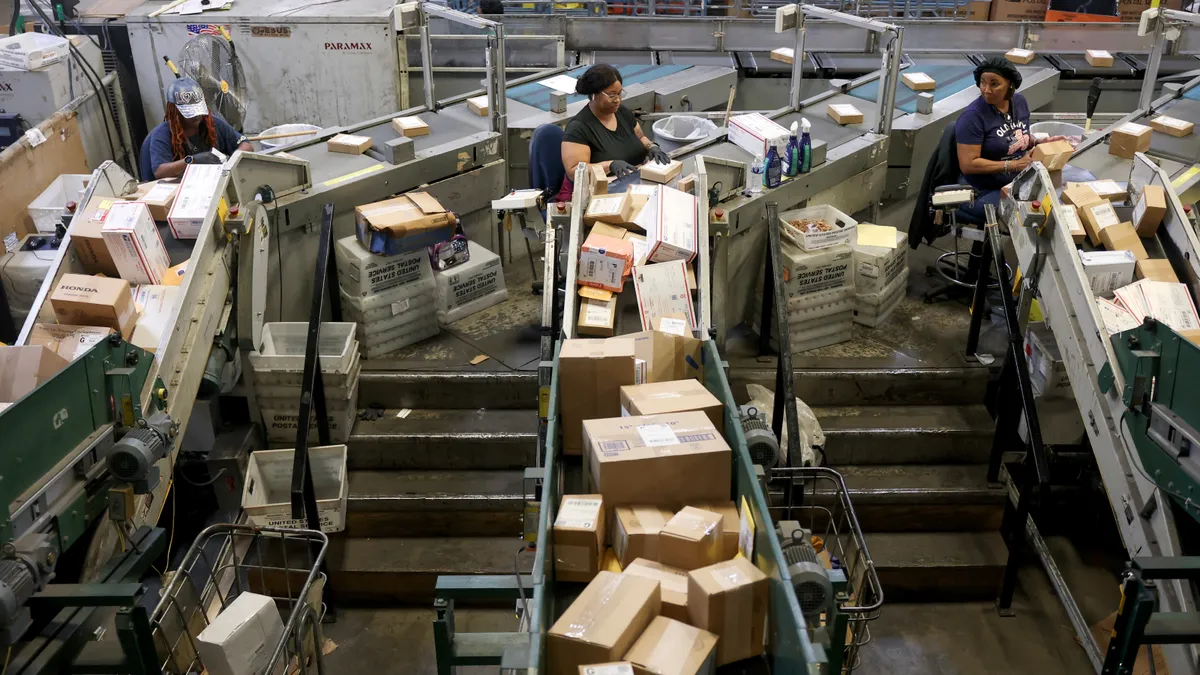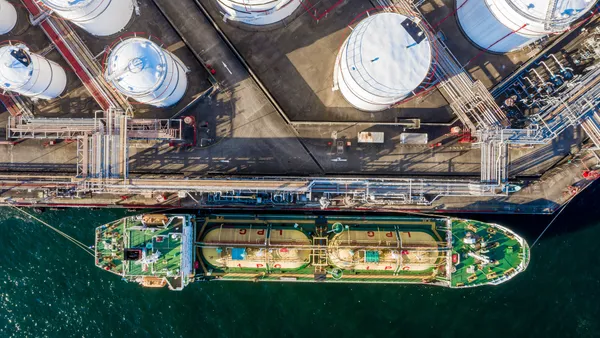Manufacturers closed out 2024 on a higher note, with demand and production both up in December, according to the Institute for Supply Management’s Purchasing Managers' Index.
The PMI hit 49.3% last month, up 0.9 percentage points from November. New orders crossed the 50.0 economic growth threshold reading to hit 52.5%, while production reached 50.3%.
The boost in demand and output is helping the industry gear up for growth in 2025 after a rocky year that failed to bring much of an economic recovery.
"2024 has been quite the year, it started out real dynamic, and it's ending pretty dynamic," Timothy Fiore, chair of the ISM’s manufacturing business survey committee, said on a media call Friday. "I think we've got the new growth profile commencing in November, December. I think we're starting now and we'll see where this goes."
Seven manufacturing industries reported growth in December: primary metals, electrical equipment, appliances and components, wood products, furniture and related products, paper products, miscellaneous manufacturing, and plastics and rubber products.
The possibility of new tariff hikes is weighing heavily on manufacturers' minds – 40% of ISM's survey respondent comments discussed concerns about the impending trade policy change, Fiore said. Many respondents discussed plans for dual sourcing and identifying suppliers that would be unaffected by tariff hikes.
Despite these concerns, Fiore said it's unlikely any tariff hikes would heavily impact the industry's performance until Q2.
S&P Global's index didn't end the year on as positive a note, with the PMI coming in at 49.4 in December, down slightly from 49.7 in November. The drop was driven by a fall in demand and production, though industry optimism remains up ahead of the change in administration.
"Many firms are generally anticipating that business will pick up in the New Year, with respondents pinning hopes on expectations that the new administration will loosen regulations, reduce tax burdens and boost demand for U.S.-made goods via tariffs," Chris Williamson, chief business economist at S&P Global Market Intelligence, said in a statement.
S&P reported hikes in input cost inflation at the end of the year, as well as higher supplier charges and raw material costs. Prices for aluminum, basic chemicals, copper and natural gas also rose last month, according to ISM.
On employment, Fiore said he expects to see improvements in the new year as manufacturers have a "pretty good understanding" of their revenue plans for the first half of the year. ISM's employment reading dropped to 45.3% in December as many manufacturers rolled out end-of-year layoff plans.
If demand continues to rebound in the new year, Fiore expects supplier deliveries to slow as orders rise. Some strain on the supply chain would be a positive sign of the industry's improvement, with demand pushing on supply levels.
"That's what I'm waiting for now to confirm that we've got demand that's aggregating in the supply base, and we're starting to move into that next growth cycle," Fiore said.
















